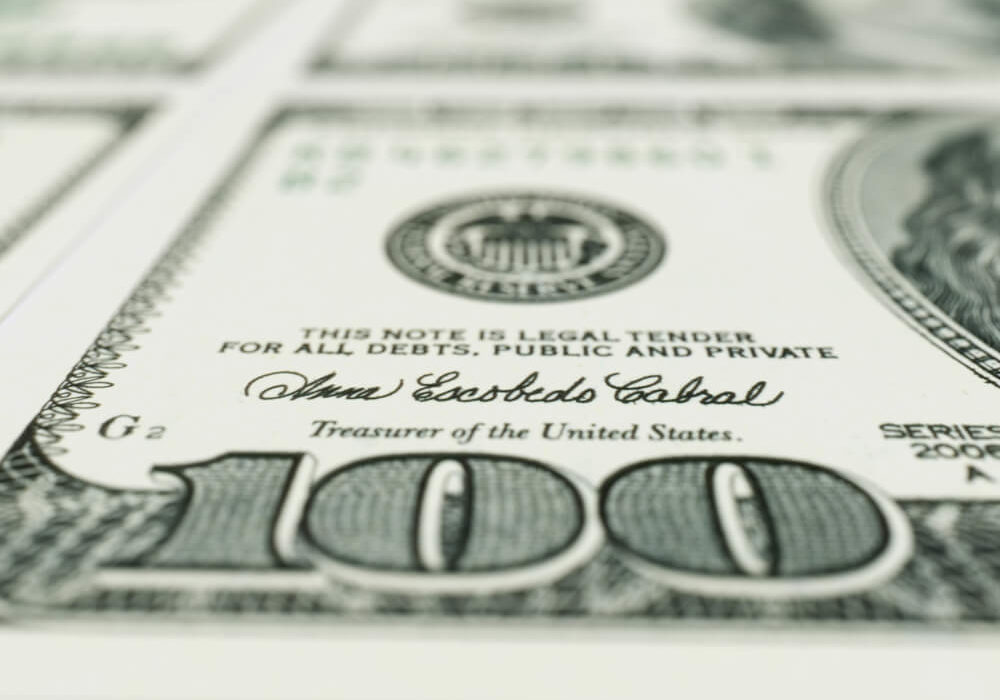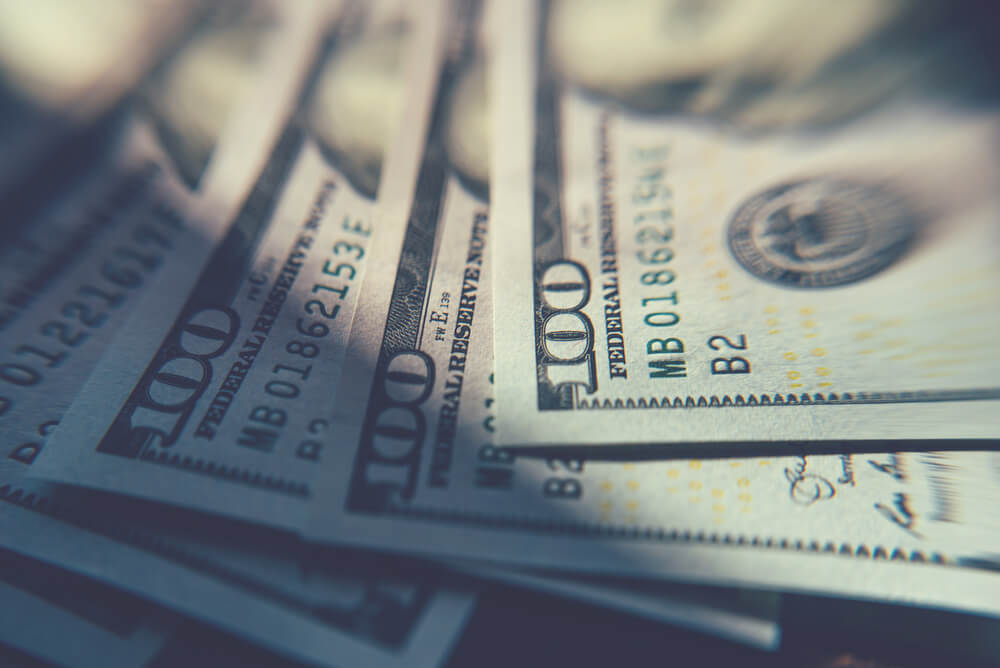On Wednesday, the EUR/USD exchange rate declined 0.03% to 1.1803 as the US dollar index rebounded to 0.10% high to 92.73.
Also, the eurozone inflation surged to its 10-year-high and could continue to hike as EUR/USD holds minimal losses.
Euro declined by the slump in the economic data, challenging the European Central Bank’s view on price growth.
The consumer prices climbed by 3% after soaring by 2.2% in July, exceeding economists’ estimates.
Furthermore, the Consumer Confidence Indicator posted -5.3, far from its -4.4 in the last month.
Consequently, the central bank mentioned that it might start lowering the pace of the Pandemic Emergency Purchase Program.
The economic data from France also sent the EUR to mixed signals ahead of the published Eurozone inflation numbers.
In the second quarter, the French economy edged up 1.1%, quarter-on-quarter, while economists anticipated growth of 0.9%
Moreover, consumer spending plummeted by 2.2% in July from a 0.3% hike from June.
Meanwhile, market participants expected a 0.5% drop in consumer spending.
In August, French consumer prices jumped by 0.6% from a 0.1% increase in the previous month.
The annual inflation rate also increased from 1.2% to 1.9%, as forecasts reported a 1.6% annual rate of inflation.
Recently, Germany posted its preliminary estimate of the August Consumer Price Index of 0% MoM and 3.9% YoY.
The inflation in Germany is anticipated to approach 5% in the following months.
Consequently, inflation could pressure the ECB to address price developments.
Meanwhile, the EUR/GBP pair inched up to 0.10% at 0.8590. EUR/JPY pair also climbed 0.12% at 130.07 as EUR/CHF pair soared to 0.30% to 1.08.
Global Currency Mixed as USD Rebounds
On Wednesday, global currency mixed as the US dollar rebounded from its recent losses ahead of the release of the US payroll data.
Commodity based currencies primarily advanced against the greenback.
South Africa’s rand led advances of 0.1% to 14.5253 after rough losses in August.
Similarly, the Canadian dollar increased 0.07% to 1.262 as the Japanese Yen climbed 0.19% to 110.23.
Consequently, the Australian dollar plunged 0.014% to 0.731, while the New Zealand dollar inched down 0.04% to 0.7312.
Moreover, the Pound sterling also declined 0.138% to 1.373 as the Swiss franc jumped 0.39% to 0.919.
Meanwhile, experts mentioned that a strong US employment report could upturn possibilities that the Federal Reserves will initiate tapering by next month.
However, economists expect a slowdown in the US payroll growth in August, bearing the consecutive upsurges for almost a year.
















